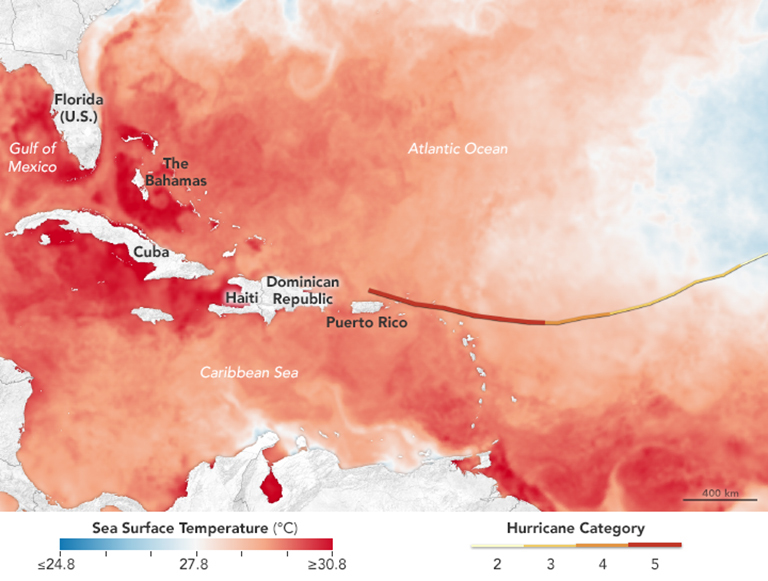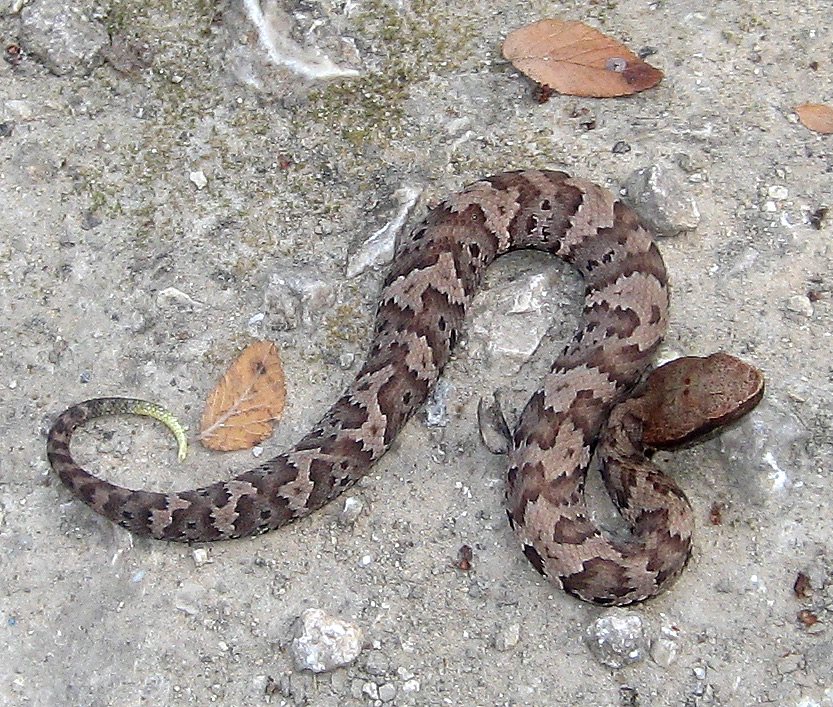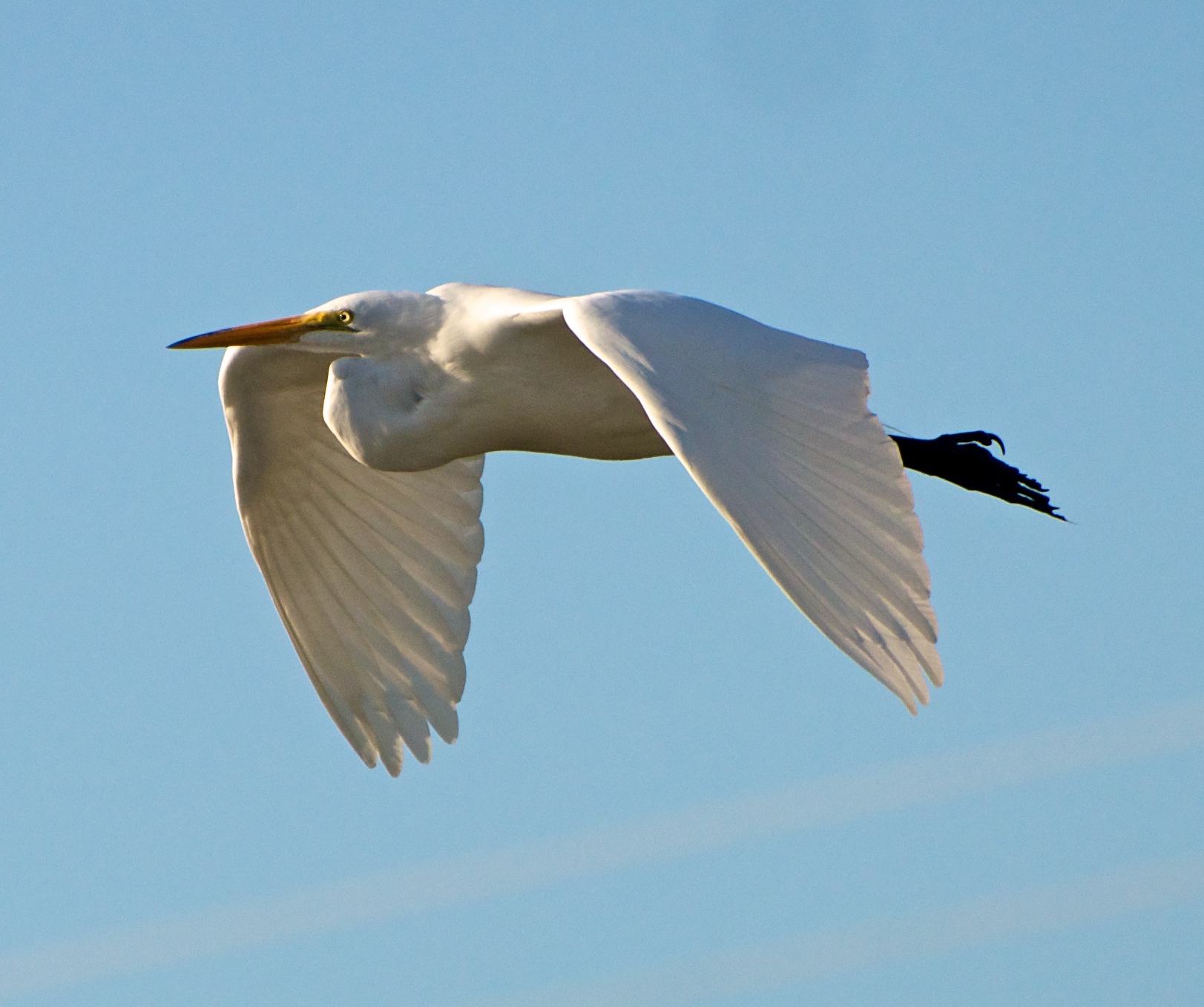|
Corkscrew Swamp Sanctuary
Corkscrew Swamp Sanctuary is a National Audubon Society sanctuary located in southwest Florida, north of Naples, Florida and east of Bonita Springs, in the United States. The sanctuary was established to protect one of the largest remaining stands of bald cypress (''Taxodium distichum'') and pond cypress (''T. ascendens'') in North America from extensive logging that was ongoing throughout the 1940s and 1950s. History The Corkscrew Cypress Rookery Association was formed in 1954 to protect the area. The National Audubon Society accepted responsibility for management and started constructing the first boardwalk through the swamp in 1955. In all, nearly of wetland was purchased or donated, most of it from or by the owners, Lee Tidewater Cypress Center Co. and Collier Enterprises. In 2018, researchers at the Sanctuary determined that beginning around the year 2000, the amount of groundwater in the park began to diminish. Records have been kept of water levels beginning in 1957, an ... [...More Info...] [...Related Items...] OR: [Wikipedia] [Google] [Baidu] |
Collier County, Florida
Collier County is a county in the U.S. state of Florida. As of the 2020 census, the population was 375,752; an increase of 16.9% since the 2010 United States Census. Its county seat is East Naples, where the county offices were moved from Everglades City in 1962. Collier County comprises the Naples-Immokalee-Marco Island Metropolitan Statistical Area, which is included in the Cape Coral-Fort Myers-Naples Combined Statistical Area. History Archaeology at Platt Island in the Big Cypress National Preserve shows humans settled in what is now Collier County more than two thousand years ago. The Calusa people had an extensive presence in the area when Europeans arrived. The county was created in 1923 from Lee County. It was named for Barron Collier, a New York City advertising mogul and real estate developer who had moved to Southwest Florida and established himself as a prominent landowner. He agreed to build the Tamiami Trail for what was then Lee County (comprising today's ... [...More Info...] [...Related Items...] OR: [Wikipedia] [Google] [Baidu] |
Hurricane Irma
Hurricane Irma was an extremely powerful Cape Verde hurricane that caused widespread destruction across its path in September 2017. Irma was the first Category 5 hurricane to strike the Leeward Islands on record, followed by Hurricane Maria, Maria two weeks later. At the time, it was considered as the most powerful hurricane on record in the open Atlantic region, outside of the Caribbean Sea and Gulf of Mexico until it was surpassed by Hurricane Dorian 2019 Atlantic hurricane season, two years later. It was also the third strongest Atlantic hurricane at landfall ever recorded, just behind the 1935 Labor Day hurricane, 1935 Labor Day Hurricane and Dorian. The ninth tropical cyclone naming, named storm, fourth hurricane, second Saffir–Simpson scale#Categories, major hurricane, and first List of Category 5 Atlantic hurricanes, Category 5 hurricane of the 2017 Atlantic hurricane season, 2017 season, Irma caused widespread and catastrophic damage throughout its long lif ... [...More Info...] [...Related Items...] OR: [Wikipedia] [Google] [Baidu] |
Agkistrodon Piscivorus
''Agkistrodon piscivorus'' is a species of pit viper in the subfamily Crotalinae of the family Viperidae. It is one of the world's few semiaquatic vipers (along with the Florida cottonmouth), and is native to the southeastern United States. As an adult, it is large and capable of delivering a painful and potentially fatal bite. When threatened, it may respond by coiling its body and displaying its fangs. Individuals may bite when feeling threatened or being handled in any way. It tends to be found in or near water, particularly in slow-moving and shallow lakes, streams, and marshes. It is a capable swimmer and, like several species of snakes, is known to occasionally enter bays and estuaries and swim between barrier islands and the mainland. Gloyd HK, Conant R (1990). ''Snakes of the ''Agkistrodon'' Complex: A Monographic Review''. Society for the Study of Amphibians and Reptiles. 614 pp. 52 plates. LCCN 89-50342. . The generic name is derived from the Greek words ''a ... [...More Info...] [...Related Items...] OR: [Wikipedia] [Google] [Baidu] |
Alligatoridae
The family Alligatoridae of crocodylians includes alligators, caimans and their extinct relatives. Phylogeny The superfamily Alligatoroidea includes all crocodilians (fossil and extant) that are more closely related to the American alligator than to either the Nile crocodile or the gharial. This is a stem-based definition for alligators, and is more inclusive than the crown group Alligatoridae. As a crown group, Alligatoridae only includes the last common ancestor of all extant (living) alligators, caimans, and their descendants (living or extinct), whereas Alligatoroidea, as a stem-based group, also includes more basal extinct alligator ancestors that are more closely related to living alligators than to crocodiles or gavialids. When considering only living taxa ( neontology), this makes Alligatoroidea and Alligatoridae redundant. The simplified cladogram below shows Alligatoridae's relationships to other extant (living) crocodilians. The below detailed cladogra ... [...More Info...] [...Related Items...] OR: [Wikipedia] [Google] [Baidu] |
Swallow-tailed Kite
The swallow-tailed kite (''Elanoides forficatus'') is a pernine raptor which breeds from the southeastern United States to eastern Peru and northern Argentina. It is the only species in the genus ''Elanoides''. Most North and Central American breeders winter in South America where the species is resident year round. Taxonomy and systematics The swallow-tailed kite was first described as the "swallow-tail hawk" and "''accipiter cauda furcata''" (forked-tail hawk) by the English naturalist Mark Catesby in 1731. It was given the binomial scientific name ''Falco forficatus'' by Carl Linnaeus in the 10th edition of ''Systema Naturae'', published in 1758; he changed this to ''Falco furcatus'' in the 12th edition of 1766. The latter spelling was used widely during the 18th and 19th centuries, but the original spelling has precedence. The genus ''Elanoides'' was introduced by the French ornithologist Louis Jean Pierre Vieillot in 1818. The name is from Ancient Greek for "kite" ... [...More Info...] [...Related Items...] OR: [Wikipedia] [Google] [Baidu] |
Barred Owl
The barred owl (''Strix varia''), also known as the northern barred owl, striped owl or, more informally, hoot owl, is a North American large species of owl. A member of the true owl family, Strigidae, they belong to the genus '' Strix'', which is also the origin of the family's name under Linnaean taxonomy.Sclater, P. L. (1879). ''Remarks on the Nomenclature of the British Owls, and on the Arrangement of the Order Striges''. Ibis, 21(3), 346-352. Barred owls are largely native to eastern North America, but have expanded their range to the west coast of North America where they are considered invasive.Evers, L. (2014). ''Beyond anyone's control''. Northwest Science, 88(1), 65-67.Kelly, E. G. (2001). ''The range expansion of the northern barred owl: an evaluation of the impact on spotted owls''. Thesis, Oregon State University. Mature forests are their preferred habitat, but they can also acclimate to various gradients of open woodlands.Mazur, K. M. & James, P.C. (2020). ''Barre ... [...More Info...] [...Related Items...] OR: [Wikipedia] [Google] [Baidu] |
Limpkin
The limpkin (''Aramus guarauna''), also called carrao, courlan, and crying bird, is a large wading bird related to rails and cranes, and the only extant species in the family Aramidae. It is found mostly in wetlands in warm parts of the Americas, from Florida to northern Argentina. It feeds on molluscs, with the diet dominated by apple snails of the genus '' Pomacea''. Its name derives from its seeming limp when it walks. Taxonomy and systematics The limpkin is placed in the family Aramidae, which is in turn placed within the crane and rail order Gruiformes. The limpkin had been suggested to be close to the ibis and spoonbill family Threskiornithidae, based upon shared bird lice. The Sibley–Ahlquist taxonomy of birds, based upon DNA–DNA hybridization, suggested that the limpkin's closest relatives were the Heliornithidae finfoots, and Sibley and Monroe even placed the species in that family in 1990. More recent studies have found little support for this relationship. Mo ... [...More Info...] [...Related Items...] OR: [Wikipedia] [Google] [Baidu] |
Snowy Egret
The snowy egret (''Egretta thula'') is a small white heron. The genus name comes from Provençal French for the little egret, , which is a diminutive of , 'heron'. The species name ''thula'' is the Araucano term for the black-necked swan, applied to this species in error by Chilean naturalist Juan Ignacio Molina in 1782.Jobling, 2010, p.143, 385 The snowy egret is the American counterpart to the very similar Old World little egret, which has become established in the Bahamas. At one time, the plumes of the snowy egret were in great demand as decorations for women's hats. They were hunted for these plumes and this reduced the population of the species to dangerously low levels. Now protected in the United States by law, under the Migratory Bird Treaty Act, this bird's population has rebounded. Description Adult snowy egrets are entirely white apart from the yellow lores between the long black bill and the eye, black legs, and bright yellow feet. The nape and neck bear long ... [...More Info...] [...Related Items...] OR: [Wikipedia] [Google] [Baidu] |
Great Egret
The great egret (''Ardea alba''), also known as the common egret, large egret, or (in the Old World) great white egret or great white heron is a large, widely distributed egret. The four subspecies are found in Asia, Africa, the Americas, and southern Europe. Recently it is also spreading to more northern areas of Europe. Distributed across most of the tropical and warmer temperate regions of the world, it builds tree nests in colonies close to water. Taxonomy and systematics Like all egrets, it is a member of the heron family, Ardeidae. Traditionally classified with the storks in the Ciconiiformes, the Ardeidae are closer relatives of pelicans and belong in the Pelecaniformes, instead. The great egret—unlike the typical egrets—does not belong to the genus ''Egretta'', but together with the great herons is today placed in '' Ardea''. In the past, however, it was sometimes placed in ''Egretta'' or separated in a monotypic genus ''Casmerodius''. The Old World populati ... [...More Info...] [...Related Items...] OR: [Wikipedia] [Google] [Baidu] |
Tricolored Heron
The tricolored heron (''Egretta tricolor''), formerly known as the Louisiana heron, is a small species of heron native to coastal parts of the Americas; in the Atlantic region, it ranges from the northeastern United States, south along the coast, through the Gulf of Mexico and the Caribbean, to northern South America as far south as Brazil. In the Pacific region, it ranges from Peru to California, but it is only a nonbreeding visitor to the far north. Habitat and breeding Tricolored herons breed in swamps and other coastal habitats. They nest in colonies, often with other herons, usually on platforms of sticks in trees or shrubs. In each clutch, three to seven eggs are typically laid. Description This species measures from long and has a typical wingspan of . The slightly larger male heron weighs on average, while the female averages . It is a medium-large, long-legged, long-necked heron with a long, pointed, yellowish or greyish bill with a black tip. Its legs and feet are ... [...More Info...] [...Related Items...] OR: [Wikipedia] [Google] [Baidu] |
Black-crowned Night Heron
The black-crowned night heron (''Nycticorax nycticorax''), or black-capped night heron, commonly shortened to just night heron in Eurasia, is a medium-sized heron found throughout a large part of the world, including parts of Europe, Asia, and North and South America. In Australasia it is replaced by the closely related nankeen night heron, with which it has hybridized in the area of contact. Taxonomy The black-crowned night heron was formally described by the Swedish naturalist Carl Linnaeus in 1758 in the tenth edition of his ''Systema Naturae''. He placed it with herons, cranes and egrets in the genus '' Ardea'' and coined the binomial name ''Ardea nicticorax''. It is now placed in the genus '' Nycticorax'' that was introduced in 1817 by the English naturalist Thomas Forster for this species. The epithet ''nycticorax'' is from Ancient Greek and combines ''nux'', ''nuktos'' meaning "night" and ''korax'' meaning "raven". The word was used by authors such as Aristotle and He ... [...More Info...] [...Related Items...] OR: [Wikipedia] [Google] [Baidu] |
Yellow-crowned Night Heron
The yellow-crowned night heron (''Nyctanassa violacea''), is one of two species of night herons found in the Americas, the other one being the black-crowned night heron. It is known as the ''bihoreau violacé'' in French and the ''pedrete corona clara'' in Spanish. Description General shape The yellow-crowned night heron is a rather stocky wading bird, ranging from and from , the females being a little smaller than the males. The yellow-crowned night heron has a wingspan ranging from . The neck, slim when extended, exposes its large head (compared to its body), with a large and heavy bill. Colors The body and back are a smooth grey-blue, with a black scaled pattern on the wings. The long legs are yellow and turn coral, pink or red during courtship. The most characteristic part of the yellow-crowned night heron is the head: black and glossy, with white cheeks and a pale yellow crown going from the bill, between the eyes and to the back of the head, giving the bird its comm ... [...More Info...] [...Related Items...] OR: [Wikipedia] [Google] [Baidu] |






_(5957075195).jpg)
.jpg)
